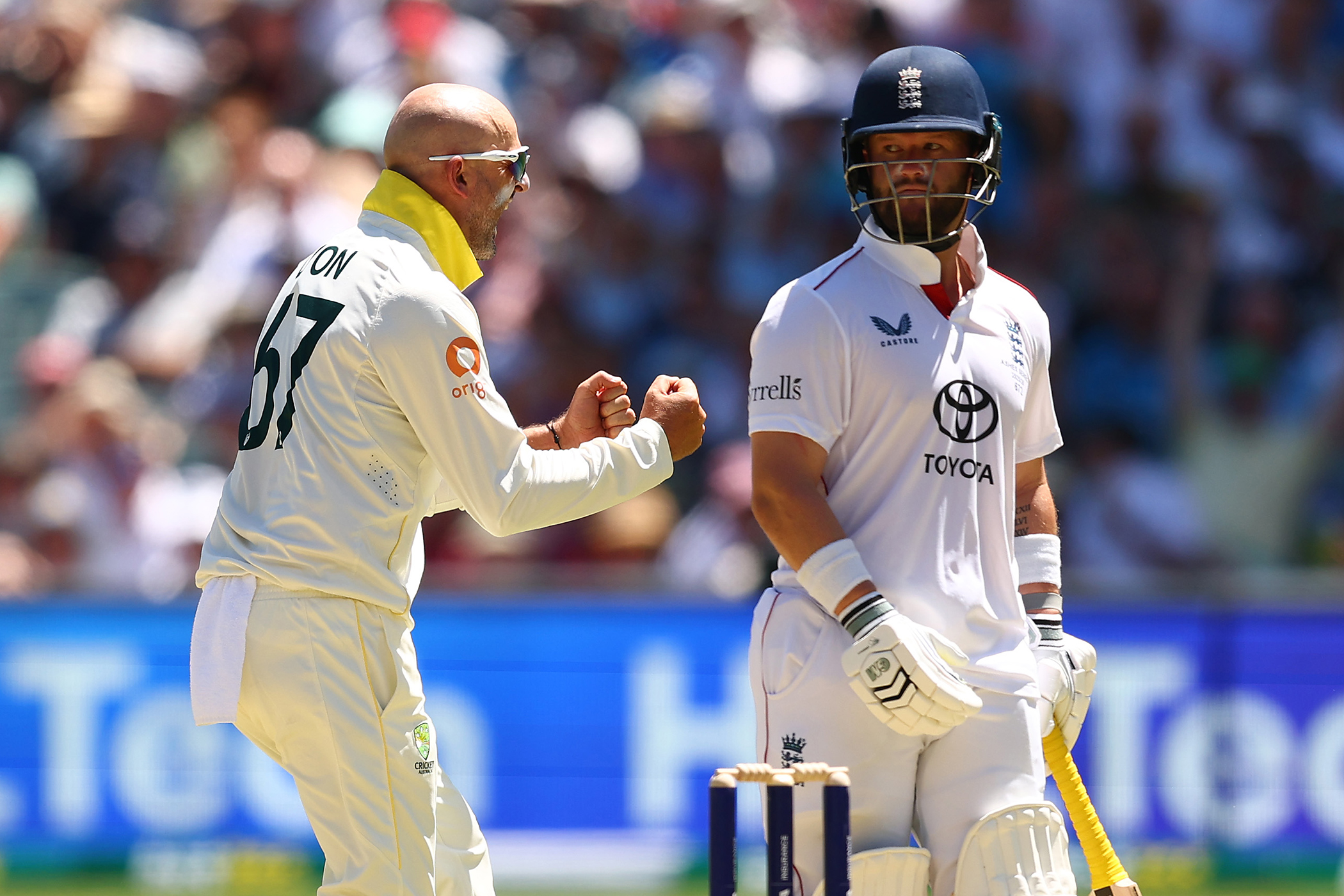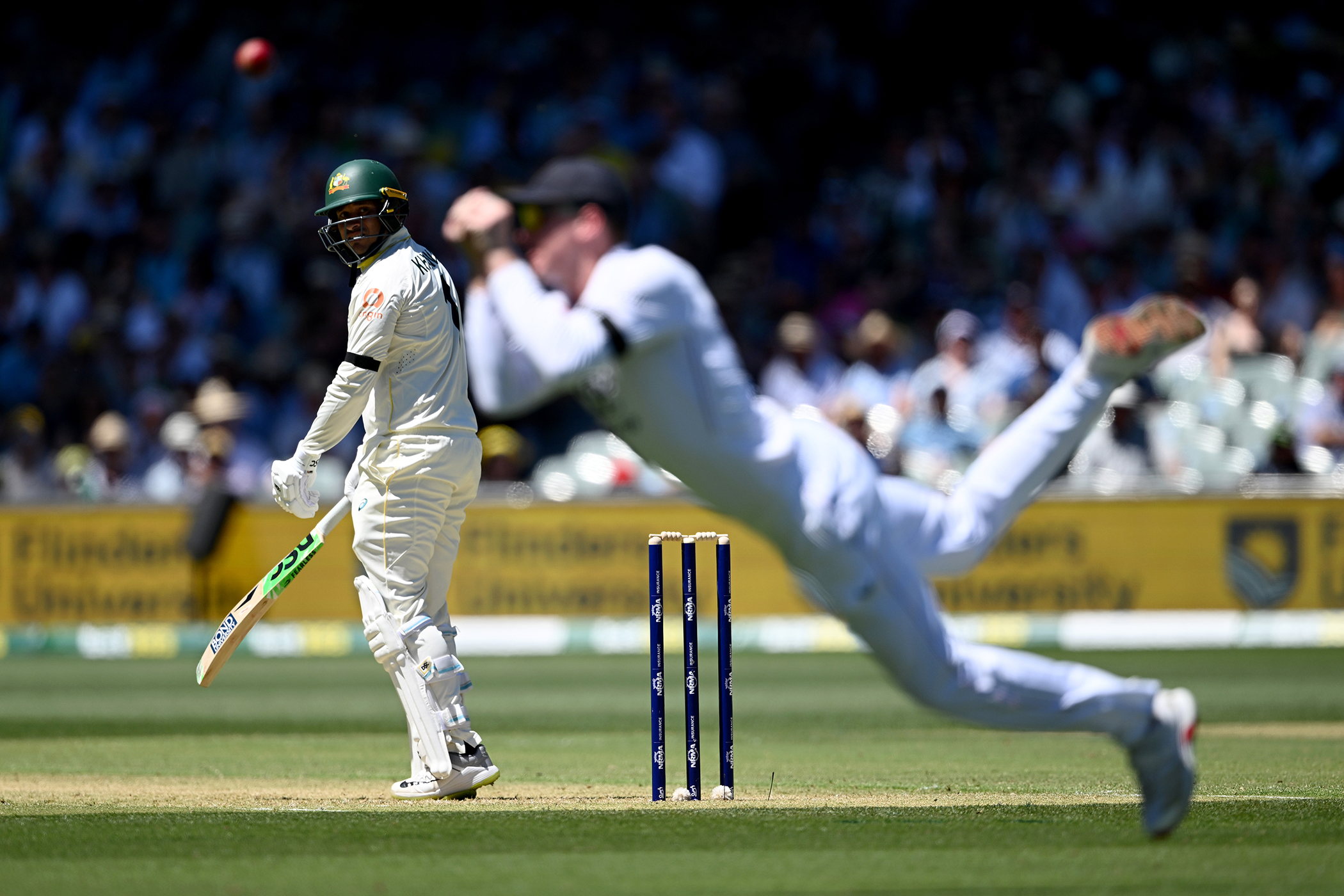Nothing has upended the social contract as much as fashion’s mass adoption of the rugby shirt. Once relegated to match-day fans and public schoolboys on exeat weekends, the shirt is now seen as much in Hackney as at Harlequins, and a keen feature of a very different sort of front row. Vogue has gone as far as to declare it “rugby shirt autumn”.
Admittedly a lack of irony does permeate. My brother, a fan so committed he actually lives in Twickenham, is largely derisive of my collection of faux-rugger attire given my interest in the game starts and ends with Princess Diana’s crush on Will Carling.
Worlds do collide. Jonathan Anderson, the 41-year-old fêted new creative director at Dior, is the son of Willie Anderson, the former Ireland captain. He has made the top a mainstay of his collections and took his bow at his eponymous label’s 2023 show in Milan – on Father’s Day – in an Ireland shirt. Alexander Skarsgård, known as much for his style as his barefoot megalomaniac in Succession, recently wore a bright red JW Anderson shirt in London.
Sporting style is, of course, nothing new. The National Portrait Gallery’s newly opened Cecil Beaton’s Fashionable World exhibition features a 1927 image of the photographer with socialite Stephen Tennant entitled “The Riviera Wanderers”. The pair are posing arms cocked in coordinating striped rugby shirts.
Fashion’s current obsession with the collared, retro-style rugby shirt, a piece that happily skirts casual with a preppy polish, is yet to wane. At global fashion shopping app Lyst, demand for women’s rugby shirts has increased 53% since last year, with pieces from Aligne, Damson Madder, J Crew and Polo Ralph Lauren most in demand. Adanola, the cult exercise brand worn by supermodels Kendall Jenner and Kaia Gerber, has had to restock its version three times. Other celebrity iterations are plentiful, both Harry Styles’s Pleasing brand and Gigi Hadid’s Guest in Residence cashmere line, offering myriad colourways. Laura Weir, CEO of the British Fashion Council, appeared at London Fashion Week in a tulle-trimmed Simone Rocha shirt.
Related articles:
A designer who is growing in popularity, Talia Lipkin-Connor, has made the shirt a core part of her Talia Byre collections, inspired by an old jersey of her Warrington rugby league fan father. Hers come in both crisp cotton poplin and disco gold lamé. “It crosses different worlds,” says Lipkin-Connor, which is something seen on the game-side too. Holly Aitchison, the World Cup-winning England rugby player, sees the trend as a barrier-breaker. “It’s such a big deal as it allows us to break into mainstream consumption and move away from the stereotypes of snobby private school culture,” says the England fly-half, who favours a burgundy H&M jumper style for off-duty and old England top for games. “They’re so easy to chuck on and look effortlessly cool,” she adds.
Benji Park, influencer and consultant, is a keen fan (Harlequins) and player. Fashion’s rugby fixation bleeds into its preoccupation with upper class tropes of country-house style (see the Claudia Winkleman Traitors effect). “Rugby is a crossroads of lot of things fashion likes to muse on, class, homoeroticism, sportswear, history,” he says, citing the more neutral territory of the game. “Football has a more politicised uniform. If I wear my Spurs top on the Tube, I’ll get someone saying something.”
Happily, it’s not just fashion brands cashing in on the look. Ade Stapley of vintage trove classicrugbyshirts.com stocks more than 5,000 shirts, ranging from a rare 1979 Argentina shirt (£2,499) to a 2012 Wakefield Trinity Wildcats top (£9.99). Stapley has noted a 10% increase in sales of collared rugby shirts in the past year, mostly in major national side replicas. “The British & Irish Lions have also proved especially popular, with strong demand for shirts from their iconic 1997 tour. There’s also been growing interest in classic English club sides such as Harlequins, Leicester and Bath,” he says.
“From our perspective, the surge in rugby-style fashion on the high street and catwalks has definitely helped raise awareness and interest in traditional, authentic shirts.
“While many fashion versions take inspiration from the sport, collectors and fans are increasingly seeking out the real thing – shirts with history and heritage behind them.”
Stapley, who launched his site in 2013, has found that the cotton shirts of yore are more popular than the nasty polyester cling-ons of the modern era; this also rings true at Bath Rugby where heritage shirt sales have increased 200% against a 50% increase in match shirts since last season. The first stretchy shirts launched in 2003, a win for players not getting their collars and tops pulled in a scrum, but lamentably an epic fashion fail in the eyes of anyone with taste.
Thankfully, clubs still make retro replicas – and note, they are cheaper (and much nicer to look at and wear) than the current club tops (yes, you pay more for polyester). Harlequins and Exeter both do a chic black-and-white version; while for the more classically prep-leaning, Northampton Saints and Gloucester have pleasing bold striped colour schemes.
Arguably, more could have been done by the rugby world to cash in on fashion’s predilection for its wares. During the Women’s World Cup there was consternation over a lack of England replica shirts available. But there are shoots of progress. Aitchison cites rugby player Flo Williams’s recent appointment as creative director at Saracens. “I love what Arsenal do to diversify sport and collaborate it with fashion,” Aitchison says. “It makes me want to be an Arsenal fan. Rugby has the opportunity to capitalise in a similar fashion through marketing and branding like we’ve never seen before.”
Something to mull over while throwing your £660 rubber Prada rugby ball backwards.
Photograph by Raimonda Kulikauskiene/Getty Images



